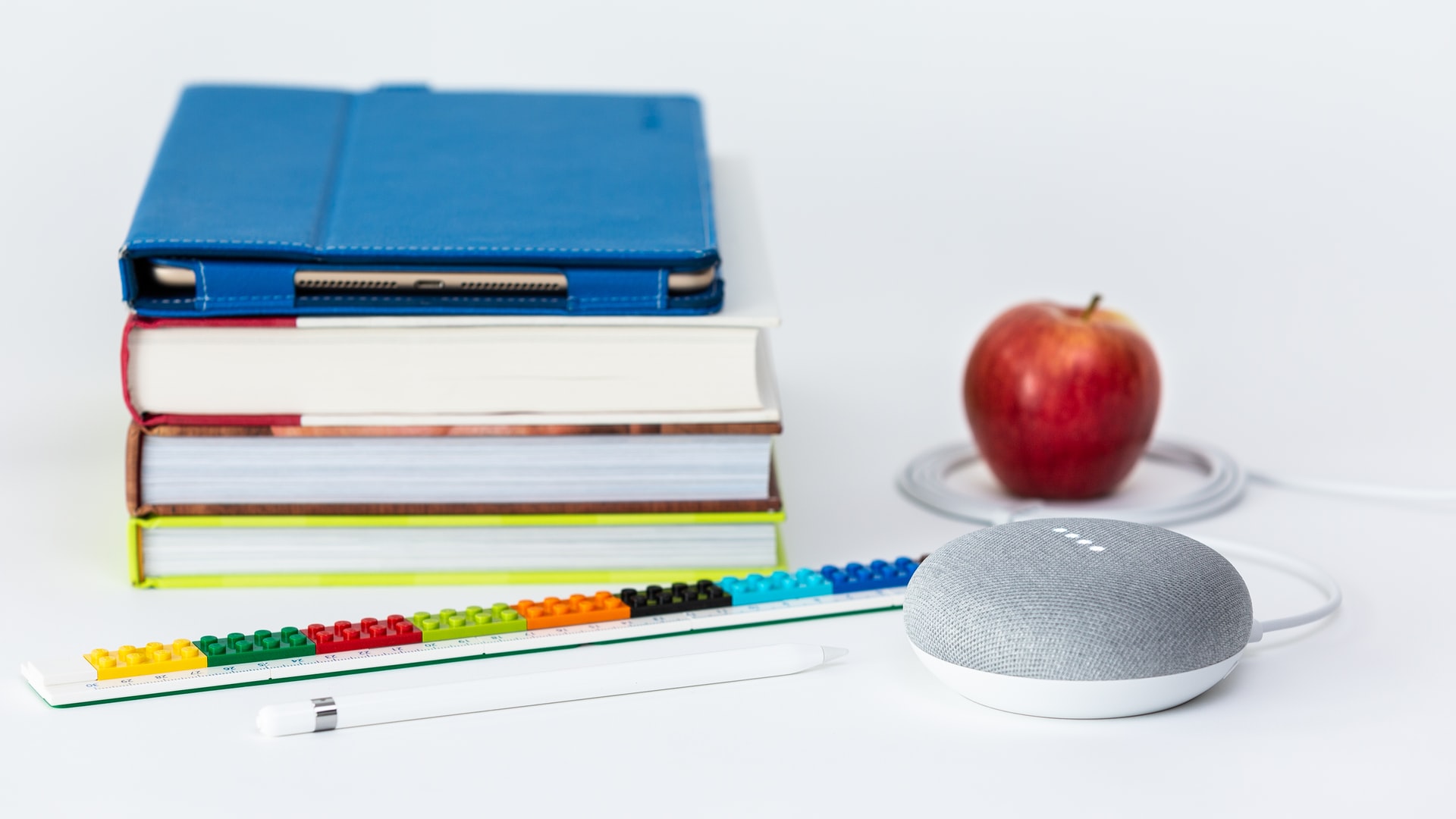How to Achieve Ed-Tech Integration Using the SAMR Model

With the state of the world as it is right now, new teaching and learning methods are necessary to maintain your standard of education. While you will most likely still be in and out of the classroom interacting with your students, making sure that they receive a comprehensive understanding of their work will be difficult.
Luckily, we have what may be a tangible, achievable solution to all your teaching woes. And if you have any other concerns or you have a few ideas of your own, be sure to visit Pedagogue and connect with like-minded educators. You can also check out this article for more information.
The SAMR Method
The SAMR Model is a simple tool that educators may use to further integrate the use of technology into their teaching. The process is easy to follow and understand, and its use as a guide will definitely lead to some new classroom innovations – how you conduct assignments and tasks will never be the same.
We also recommend that you take a look at this article for further blended-learning advocacy.
The Four Stages
SAMR is easy to understand, as it shows the continued integration of technology in the teaching-learning environment through four distinct stages. We are going to cover these individually. In order, the four stages are: Substitution; Augmentation; Modification; and Redefinition. We will also provide an example of this process’s practical application so that your understanding is not simply limited to the theory. We urge you to consider this method, as both you and your students will benefit significantly from its use.
Stage One: Substitution
Your ed-tech integration journey with SAMR begins with substitution. This step is very simple and involves substituting the use of more traditional tools for the use of computer technology. At this point, however, the tasks being performed remain unchanged. The overall level of education – with regards to both teaching and learning – has neither increased nor decreased.
A prime example of substitution would be using Google Earth to locate a place instead of an Atlas.
Stage Two: Augmentation
The Augmentation phase involves the natural evolution of these computer-technology applications as tools. Simply put, this is the stage wherein the technology you use becomes more effective, as well as more efficient. This saves both teachers and their students valuable time and resources and exponentially enhances the standard of education.
Following on from our previous example, the use of Google Earth in the place of an atlas allows students to use that application’s tools and resources to complete related tasks, such as using Google Earth’s ruler tool to measure the distance between two places.
Stage Three: Modification
Here, teaching crosses the threshold of engagement, allowing for both educators and students to engage with the work like never before. This stage directly affects the actual output of students and allows for immediate peer feedback and shorter editing cycles.
Using Google Earth features such as Panoramio allows students to research locations quickly and efficiently.
Stage Four: Redefinition
Finally, the use of technology cements a place for itself within your teaching-learning environment and now allows for an entirely new standard of education. Previously inconceivable tasks can now be assigned and completed.
And with this, you will have successfully integrated the use of technology in your classroom. You will also be able to connect with several SAMR-modelers such as yourself on Pedagogue.
Students will be able to create a narrated Google Earth guide and share this online.






